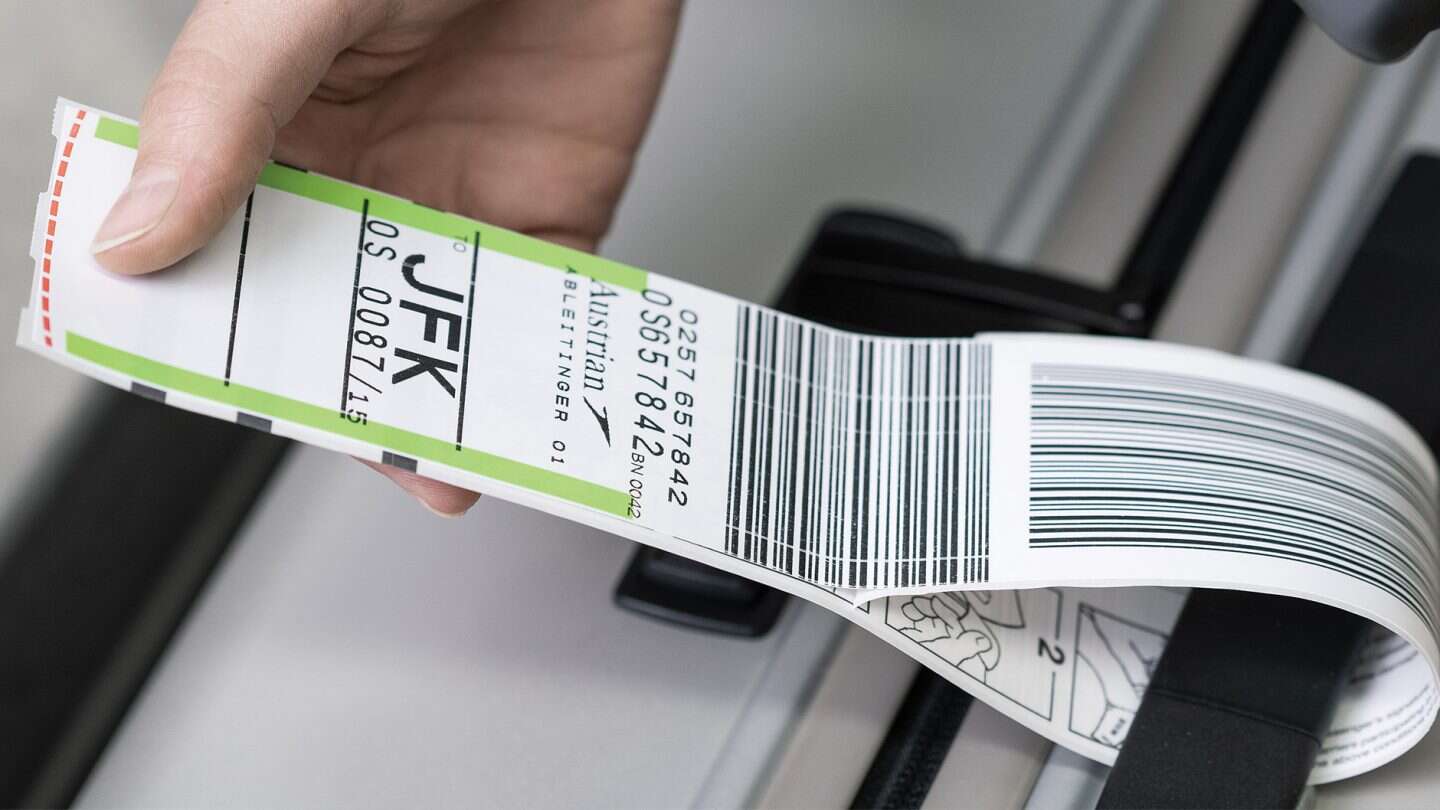Ever wondered what those three-letter codes on your boarding pass or luggage tag represent? Airport codes are more than just random letters, they’re a crucial part of air travel that helps identify airports worldwide. Let’s break down what these codes mean and how they’re assigned.
What are Airport Codes?
Airport codes are unique three-letter combinations assigned to airports globally by the International Air Transport Association (IATA). These codes serve as shorthand identifiers, making communication and data entry more efficient for pilots, air traffic controllers, travel agents, and passengers.
Let’s break down some quirky airport codes:
LAX : Los Angeles International Airport: The “X” in LAX is an arbitrary placeholder added in the 1940s when airport codes expanded from two to three letters. Originally, the code was “LA” for Los Angeles.
ORD : Chicago O’Hare International Airport: ORD comes from the airport’s original name, Orchard Field, which was named after a nearby farming town. The code stuck even after the airport was renamed in honor of Edward “Butch” O’Hare, a Medal of Honor-winning naval pilot.
JFK : John F. Kennedy International Airport: JFK’s code comes from its original name, Idlewild Airport, which was built on the site of an Idlewild golf course. The code was initially IDL, but it was changed to JFK in 1963 after the president’s assassination.
Some other interesting airport codes include:
FUN : Funafuti International Airport in Tuvalu, which is pretty fitting given its location in a tropical paradise.
OMG : Omega Airport* in Namibia, which might elicit a surprised reaction from travelers.
SUX : Sioux Gateway Airport in Iowa, which has become a memorable code despite the airport’s attempts to change it.
PEE : Perm International Airport in Russia, which might raise a few eyebrows.
BRR : Barra Airport in Scotland, which could be fitting for the chilly weather.
LOL: Derby Field in Nevada, which is sure to bring a smile.
These codes often have interesting stories behind them, reflecting the history and geography of the airports they represent


Leave a Reply